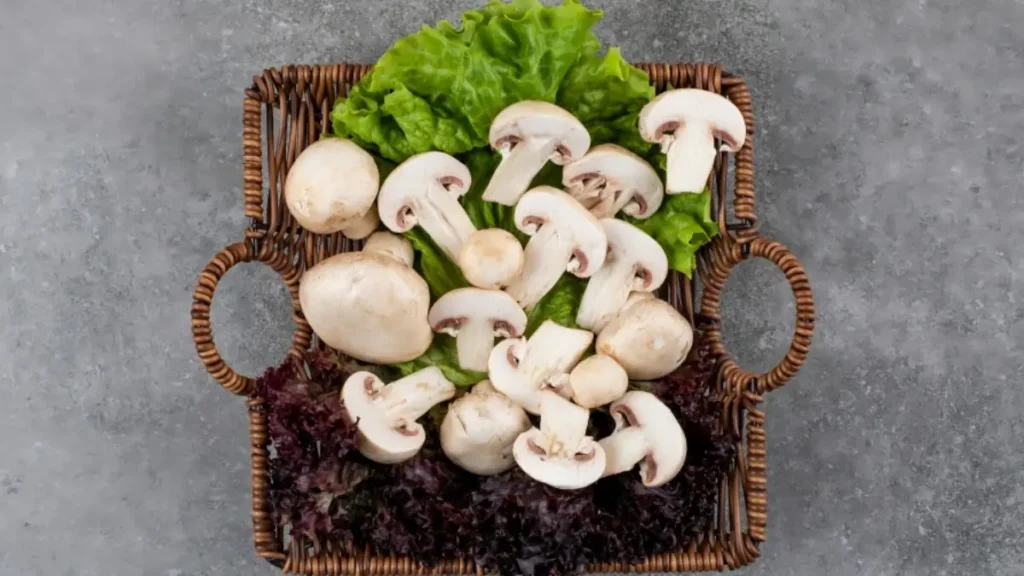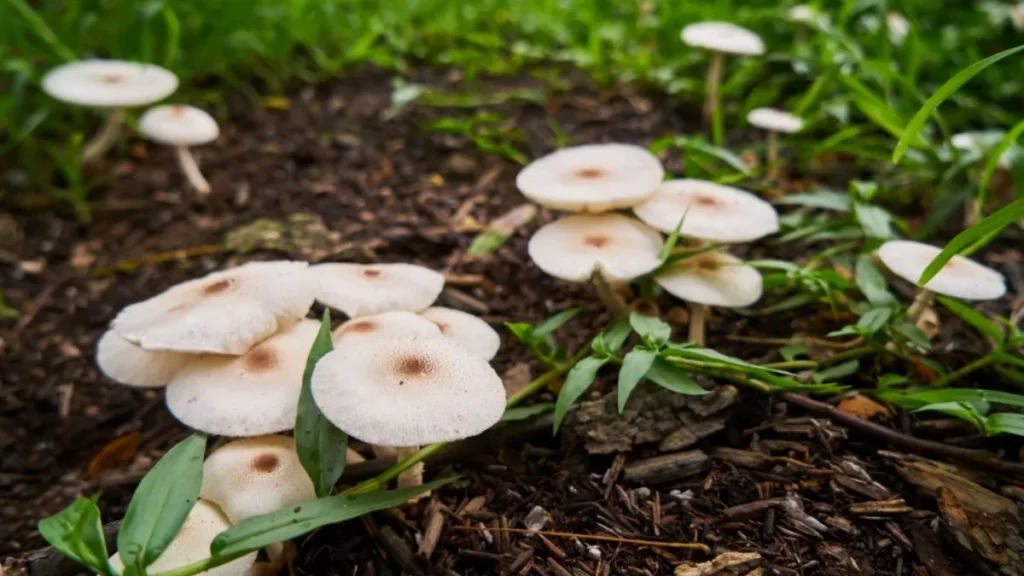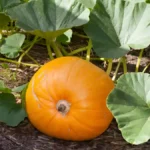Starting a mushroom garden of your own at home is a gratifying and satisfying experience. Cultivating mushrooms offers a distinctive and delectable layer to your home gardening endeavors, regardless of your level of gardening experience.
In this guide, we will walk you through the essential steps of setting up your mushroom garden:
How to select your mushroom:
Oyster, white button, and shiitake are the three kinds of mushrooms that are the easiest to cultivate at home. While any mushroom can be grown in a similar way, different growing substrates work best.
- Because they’re so versatile and simple to produce at home, oyster mushrooms are some of the best. On the other hand, you can experiment with different kinds of mushrooms according to your taste and what’s available.
- Choose organic mushrooms from the shop to guarantee the highest quality and health for future generations.
Having an understanding of mushroom spread:
- In the wild, mushrooms begin as spores contained in the gills. These spores must land on a certain surface to germinate and grow into mycelium. The unmistakable mushroom is finally formed by this network of mycelium.
- Regrowing mushrooms from store-bought stems is faster than natural growth since it does not require spores. Tasty clones of the original mushroom can be created using the mycelium present on the stems.
Getting ready for expansion:
- Make your bedding out of straw. After letting it soak for a few days, use it to overlay your growing media. You can also use other materials, like shredded cardboard.
- Slice the ends of good oyster mushrooms, or any other kind, into tiny bits. For growth, a size of around ¼ inch (6 mm) is ideal.
Developing conditions:
- The light should be added to the substrate once the mycelium has spread throughout it to encourage the growth of mushrooms. It is best to use low-wattage LED bulbs or indirect sunlight.
Collecting:
- Mist the substrate frequently to keep it moist. When the mushrooms reach the right size, you can pick them as they begin to appear. To take them out, gently twist and pull.

Other techniques and advice for the mushroom garden:
- For a more methodical approach, use sterilized aluminum foil to make spore prints from the mushroom caps. Since spores must be gathered for 24 to 36 hours, this procedure calls for patience and a clean, draft-free environment.
- Several growing media, such as wood chips, sawdust, or regular potting mix, can be used, depending on the type of mushroom. Spoone the mycelium or spores over the surface of the selected medium once it has been hydrated.
- A practical choice for novices or those who find the process difficult is ready-to-use mushroom kits. Usually, these kits include spraying a block live with mycelium once a day for approximately two weeks.
Conclusion:
Throughout this guide, We have reviewed the essential procedures for starting and keeping up a good mushroom garden. Every step of the process, from picking the best mushroom kinds to setting up ideal growing conditions, adds to the satisfying experience of seeing your mushrooms flourish.
A frequently asked questions:
Q1: How can I begin my home-grown mushroom garden?
A1: Start by getting spores or a mushroom growing kit from a reliable source. To maintain ideal circumstances and care, adhere to the given guidelines.
Q2: How frequently should my indoor mushroom garden be watered?
A2: To keep your indoor mushroom garden at the proper moisture levels, water it frequently—usually once or twice a day. Take care not to overwater since mushrooms prefer a damp but not soggy environment.
Q3: Can I eat the mushroom growing in my garden?
A3: Since many wild mushrooms can be hazardous and offer major health hazards, it is not advised to eat any of them without first properly identifying them.
Q4: Are mushroom garden lights suitable for all weather conditions?
A4: Weather resistance is indeed a design feature of mushroom garden lights. Rain and snow are just two of the many weather conditions they can tolerate. For best results, it’s advised to maintain the cleanliness of the solar panels.



